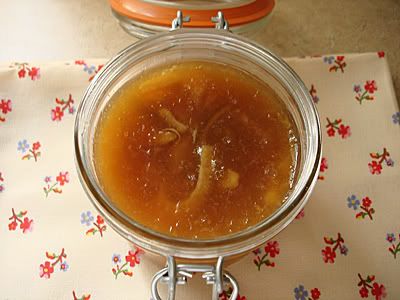
 Having your wisdom teeth pulled out is not fun. Despite what blogger #800 says about having his taken out at 9am and eating steak at 6pm. He must have been either terribly drugged up or was already on crack to begin with. And when you're at my age when your bones are as dense as your brain, the healing process takes about three times longer.
Having your wisdom teeth pulled out is not fun. Despite what blogger #800 says about having his taken out at 9am and eating steak at 6pm. He must have been either terribly drugged up or was already on crack to begin with. And when you're at my age when your bones are as dense as your brain, the healing process takes about three times longer.
 I had mine taken out last Friday and am still suffering the after effects of vicodin overdose, a throbbing sensation in my left ear and the distinct smell of gums. I looked like John McCain for the better half of the week, but the nut-filled cheeks have slowly dwindled away and all I'm left with now is teeth socket that has been soaked to the core with homemade chicken broth. I never thought I would say this but I'm actually quite sick of ice cream. What has this world come to!
I had mine taken out last Friday and am still suffering the after effects of vicodin overdose, a throbbing sensation in my left ear and the distinct smell of gums. I looked like John McCain for the better half of the week, but the nut-filled cheeks have slowly dwindled away and all I'm left with now is teeth socket that has been soaked to the core with homemade chicken broth. I never thought I would say this but I'm actually quite sick of ice cream. What has this world come to! Anyway, on to happier things, while drugged up on a cocktail of painkillers, I managed to potter around long enough without burning down the kitchen to whip up some lemon and lime marmalade, something that's entirely British but is a very good way to get rid of an overstock of lemon and limes that we bought in bulk from Costco in a fit of madness. This marmalade is a staple in British pantries (along with Marmite!) and puts a little zing in your morning muffins with a dab of butter. I made it less sweet because I like the bitter/sourish taste but you can up the sugar amount from 1 lb to 1.5 lb.
Anyway, on to happier things, while drugged up on a cocktail of painkillers, I managed to potter around long enough without burning down the kitchen to whip up some lemon and lime marmalade, something that's entirely British but is a very good way to get rid of an overstock of lemon and limes that we bought in bulk from Costco in a fit of madness. This marmalade is a staple in British pantries (along with Marmite!) and puts a little zing in your morning muffins with a dab of butter. I made it less sweet because I like the bitter/sourish taste but you can up the sugar amount from 1 lb to 1.5 lb. Lemon and Lime Marmalade
Lemon and Lime MarmaladeAdapted from Delia Smith
Makes 4 12oz jars
3 lemons
3 limes
1 lb granulated sugar
3 cups water
1 piece muslin/cheesecloth about 6in x 6in.
Measure 3 cups of water into a preserving pan or heavy-bottomed saucepan. Turn on the heat to low.
Meanwhile, set up the muslin cloth over a small bowl. Squeeze the juice from the lemons and lime into a medium bowl. Set aside the pith, seeds and pip on the muslin cloth. Cut the lemon and lime peel into thin strips. Don't worry about any of the pith that clings to the peel, it will get dissolved and turn into pectin.
Pour the juice into the water and bring to a simmer. Add in the shredded lemon and lime peel. Tie up the muslin cloth containing the pith, pips and seeds and hang it to the side of the saucepan so that it is suspended in the water.
Simmer the mixture, covered for about 1.5 hours until the peels are soft. At this point, wash your jars with warm soapy water, dry and pop into the oven at 225°F. Pour the sugar onto a baking sheet and pop this into the oven as well. Also, put two saucers into the freezer to be used for testing later.
Once the sugar is melted, pour it into the jelly mixture and stir lightly to ensure all the granules are dissolved. Once the granules are dissolved, bring the entire mixture up to boil. Once it starts boiling rapidly, time yourself. Let it boil for 15 minutes and spoon a little of the jelly onto one of the saucers from the freezer. If the jam has set, it will be stiff and not runny on the cold saucer. If it is runny, time yourself for another 10 minutes, and do the same test.
Once the jelly mixture is set, remove the saucepan from heat and set aside to cool slightly for 20 minutes. This is important so that the jelly has time to set.
Spoon the cooled into the sterilized jars.
P/S: I don't do canning, once the marmalade has cooled in the jars, I just pop them in the fridge. It will last for at least a month.












